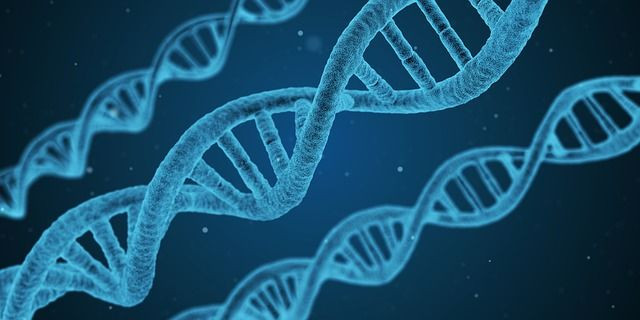What Happens When You Send In Your DNA For Testing? What You Can Learn And How You Can Help Science

Sure, we see DNA tests on television and in crime dramas, but have you ever stopped to think about what actually goes on when you send in your own DNA for testing? In a recent YouTube video, the team at DNews explored this; DNA testing shows not only your own story, but also the story of mankind.
Scientists finished sequencing the human genome in 2003, so this is a relatively new field of science. When you send in your DNA, usually in the form of saliva, to a testing lab, they place your DNA in a tool called a microarray, DNews reported. The microarray is a tray made up of hundreds of thousands of tiny holes. Each of these tiny holes help to specifically attract certain parts of our DNA. When all the different DNA sections have migrated to their corresponding holes, scientists will then add a chemical to make the microarray light up. They then take a photo.
Read: Human Genome Project May Help Fight Obesity Epidemic
It’s this photo that is then read to help researchers learn specific parts about a person. For example, according to DNews, one of the easiest genetic traits to read is a person’s ancestry, or where in the world their relatives are originally from. In addition, send-in DNA tests can also tell a person’s likeliness to have traits such as a certain hair color and eye color as well as their likeliness to have certain health problems and allergies.
The most exciting part about sending in your DNA to be sequenced is having your DNA added to the worldwide database of humanity’s DNA. This will help scientists better understand how our DNA correlates to our overall health, which, in the long run, could one day lead to more personalized medicine and better treatment options.
See Also
The Human Genome Project Helped Us Read DNA, Now Scientists Want To Write It
Published by Medicaldaily.com



























